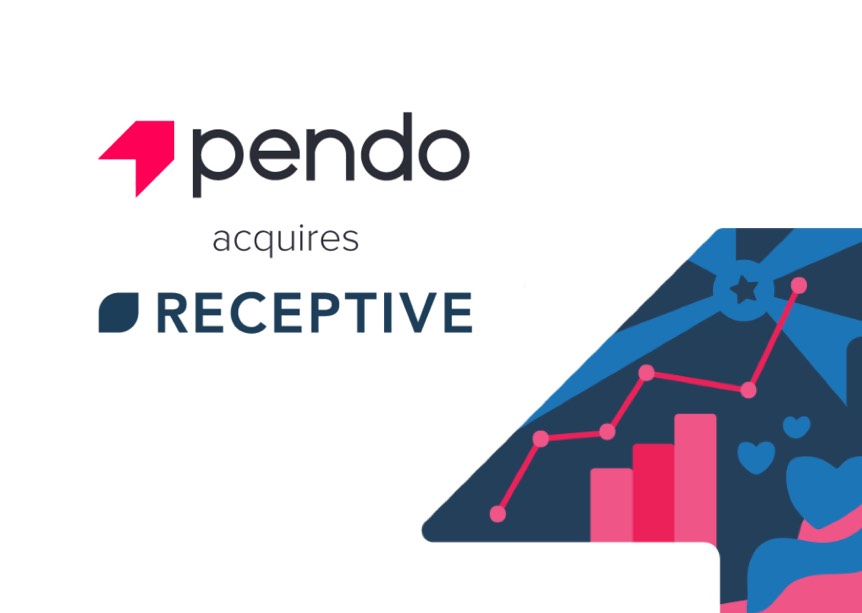TL;DR
- When you are a scaling on Enterprise SaaS business, the manual methods for collecting & understanding product feedback are no longer appropriate.
- Spreadsheets and Trello boards are great when you are starting out, but manually maintaining feedback in this way becomes a huge time & effort sink at scale.
- Giving your SaaS customers and internal teams an automated way to give product feedback is incredibly powerful for your product and brand
- Opening a feedback channel to customers does not mean you build the features they ask for
- And finally, check out this awesome podcast where I spoke with Pierre Grenier who is Head of the Voice of the Customer Program at Zendesk
- Want to follow the At Scale series? Sign-up here
My dear friend, the spreadsheet
 Thanks to Eva Peris, Flickr
Thanks to Eva Peris, Flickr
There’s no doubt that product feedback is a huge deal in SaaS companies. When you are in the early days with a small team and you know your customer by name, it’s easy to use simple and cheap methods to collect product feedback.
We are big fans of Trello and the approach that the team at Drift took which you can read about in their fantastic book A Better Way To Build Products.
These more manual methods are fine…and fine for quite a long time actually….but then you start to scale and something happens…
…the manual methods of collating product feedback in a spreadsheet or in a project management/support tool stop being simple and become a huge time sink for your teams.
You can’t easily update customers anymore, your customer-facing teams aren’t sure how to pass feedback & feature requests back to product and the product team are left with stale, un-prioritized data spread across the organization.
But don’t panic! In this series we’ll be sharing our learnings and best practices for SaaS companies who have reached this point in their evolution.
Separate feedback channel = happy customers
 Thanks to David Simmonds, Flickr
Thanks to David Simmonds, Flickr
First off, having a separate feedback channel is HUGE. Not only for your customers but for product feedback from your internal teams and prospects too.
When you have a single, centralized area for product feedback something magical happens:
- Customers know how to give you feedback/feature requests and they LOVE this
- Stellar customer experience
- Support & customer success know what to do when they receive product feedback so they can handle it efficiently and with confidence
- Feature requests stop taking time from your support team leaving them to focus on real issues
- You create a feedback loop between your customer-facing & product teams
- Everyone knows where the data is and how to access it; no more stale data across internal systems
- Turn product feedback from an unmanageable collection of data to information that you can actually use to aid growth
- If you want a framework and more practical tips on how to set this up (with or without Receptive) then you should checkout our Roadmap Fuel Webinar Series
Mis-conceptions about customer feedback channels
 Thanks to Elaine, Flickr
Thanks to Elaine, Flickr
When it comes to customer feedback, there can be mis-conceptions about what that actually means for your organization. Here’s some of the main objections we’ve heard:
“I don’t like giving feedback so why would my customers?”
You might not like giving feedback but you can guarantee that a lot of your customers really will. But why? Quite simply (and thanks to David Darmanin at Hotjar for the great quote from their recent webinar)….
The reality is many of your customers will want to give you feedback because they care, and want \[your product\] to be better — you need to open up a channel for them.
Customers of SaaS in particular have come to expect their voice is heard and this can build incredibly positive relationships which last for years.
Without a channel for feedback and feature requests, you miss out on all sorts…from understanding the small issues that customers don’t consider important enough to contact the support team about right through to big picture items that can have a significant impact on whether or not they continue to use your products in the future.
It’s also a great opportunity to really connect with your customers; not to just gather feature requests but to really understanding their success criteria and pain points (more coming up on this topic, it’s blog post of it’s own…)
“We decide how we build our product, not the customer base”
I hear this a lot, so much in fact that we did a whole research paper on the topic because this comes back to your product strategy. Product strategy is everything.
If you have a strong strategy, your customer feedback & feature requests enhances — not detracts — from the product your organizations wants to build. Use it to improve within the framework of your strategy and be open minded because there’s always a few surprises in there!
“Opening a separate channel for feedback and feature requests will set the wrong expectations”
The fear is that a separate channel for feedback & feature requests from customers will mean that you have to respond to every request and even build feature for customers that you are unhappy with.
Totally valid concern! There are a few great tips here:
First off, you’ll be surprised how happy SaaS customers are when you give them a feedback channel (we’ve received emails when Receptive has been rolled out at customer conferences to rapturous applause woo!)
You have to set the right expectations from day 1. Customers give you a completely unique perspective on the day-to-day use of your product and you absolutely want to harness that but within the strategy you have set for your product (note: sharing a simple, customer-facing roadmap can be of huge value here)
The communication & transparency you are giving your customers stops feature requests & feedback feeling transactional. If they understand how to submit feedback and they are kept updated too, it actually makes it really easy to explain why you can’t build everything for everyone.
What we can learn about feedback & feature requests from Zendesk
I recently did a podcast interview with Pierre Grenier who is Head of the Voice of the Customer Program at Zendesk. During our discussion we touched on many of the concerns in my previous paragraph so do check it out; especially if you want to learn how to give your customers a great experience around requests for features.
Further reading
If you've enjoyed this post, sign-up to the At Scale email series
Never prioritize your roadmap based in customer feedback
The one thing Trello can’t do
The ultimate product strategy guide
New webinar: How to really use SaaS product feedback at scale with Receptive
 Sign-up to our latest webinar where you’ll learn the theory behind Product Demand Intelligence and see Receptive in action. Full of case studies and practical insights you can start to use immediately.
Sign-up to our latest webinar where you’ll learn the theory behind Product Demand Intelligence and see Receptive in action. Full of case studies and practical insights you can start to use immediately.



